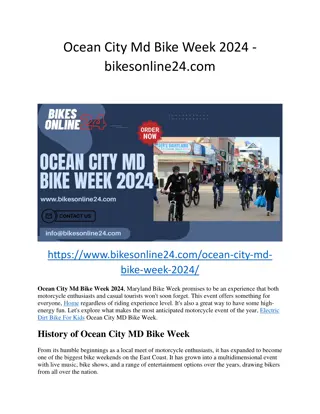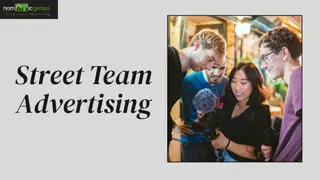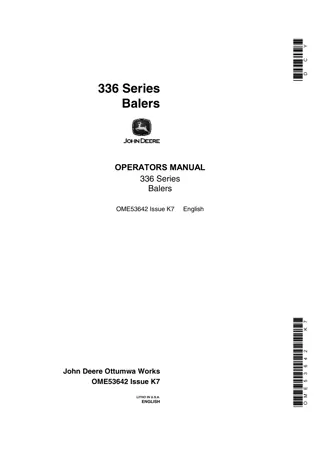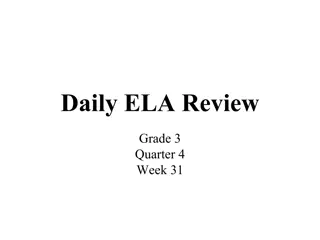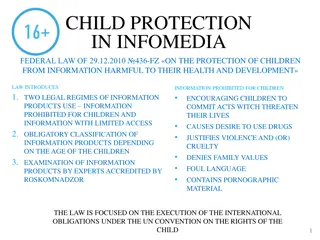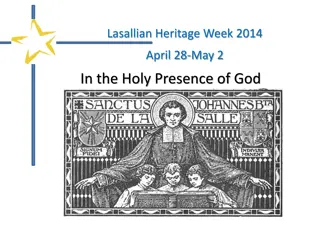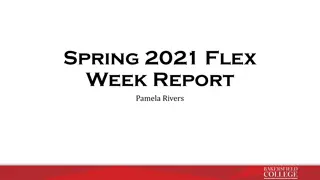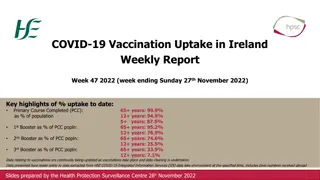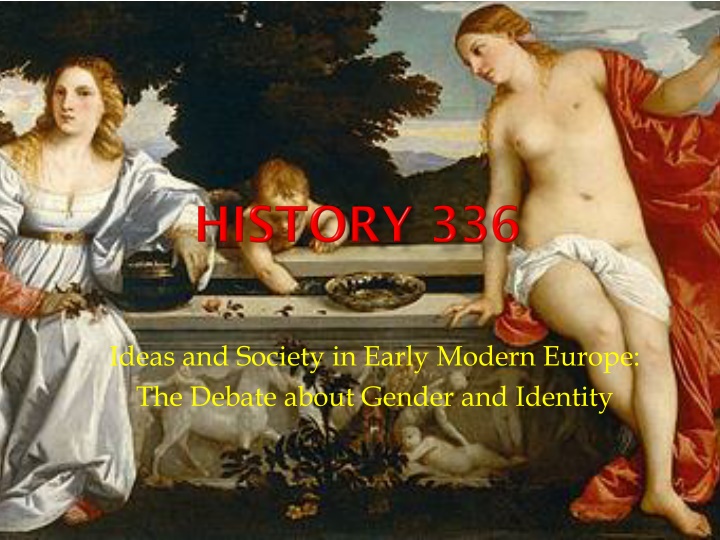
Early Modern Europe Gender and Identity Debate
Explore the debate about gender and identity in early modern Europe through the lens of female and male authors, featuring discussions on art, music, and literature, all within a highly interactive class setting.
Download Presentation

Please find below an Image/Link to download the presentation.
The content on the website is provided AS IS for your information and personal use only. It may not be sold, licensed, or shared on other websites without obtaining consent from the author. If you encounter any issues during the download, it is possible that the publisher has removed the file from their server.
You are allowed to download the files provided on this website for personal or commercial use, subject to the condition that they are used lawfully. All files are the property of their respective owners.
The content on the website is provided AS IS for your information and personal use only. It may not be sold, licensed, or shared on other websites without obtaining consent from the author.
E N D
Presentation Transcript
Ideas and Society in Early Modern Europe: The Debate about Gender and Identity
In Chapters 5 and 6, you will find references to several female early modern authors and at least one relevant male author (e.g. Moli re) whom you can read in English (translation). See pp. 188-99, 216 (Argula von Grumbach, Katherine Zell), 219 (Marie Denti re), 226 (Luisa de Carvajal y Mendoza), 228 (Teresa of Avila), 236 (Sarah Wight), 238 (Margaret Fell Fox). Perhaps Wiesner-Hanks s analysis will inspire choices for your second essay.
This will be a highly interactive class. We shall begin as a group to discuss the significance of the paintings in Slide 4 (and 5). In Slides 6-9, you will find a series of questions, based on the assigned reading, to which I have attached groups of students. Each group is responsible for presenting a succinct answer to the class. You have five to ten minutes to provide your answer to the class. If you wish, you can email me power point slides to show to the whole class or show slides from your own computer. You should prepare answers before class.
Visual Arts Judith Leyster (1609- 1661), The Proposition (1631), larger image. Artemisia Gentileschi (1593-1652/3), self- portrait (1630s), Judith Beheading Holofernes (1611-1612), Judith Beheading Holofernes (1614-1620) Wiesner-Hanks writes of cultural creation: at no time was the gender of the creator not a factor in how a work was judged (p. 176). Look at the paintings by clicking on the links to your right. (Right click and select open hyperlink.) Does her statement ring true when you view this paintings? Is gender a useful category of analysis in art history?
Judith Leyster, The Proposition: http://www.wga.hu/frames- e.html?/html/l/leyster/manoffer.html http://www.wga.hu/art/l/leyster/manoffer.jpg Artemisia Gentileschi Self-portrait: http://en.wikipedia.org/wiki/File:Self- portrait_as_the_Allegory_of_Painting_by_Artemisia_Gentileschi.j pg Judith Beheading Holofernes (1611-1612): http://en.wikipedia.org/wiki/File:Artemisia_Gentileschi_- _Judith_Beheading_Holofernes_-_WGA8563.jpg Judith Beheading Holofernes (1614-1620): http://en.wikipedia.org/wiki/File:GENTILESCHI_Judith.jpg
Jerry, Kehly, King Yan: Who, typically, were the female composers of early modern Europe? How did gender effect their music? Joanna, Jane, Lynn: How did early modern women justify the publication of their writings? What factors hindered publication by women? Eddie, Rebecca, Landon: What did women write about, what messages did they have for their readers? How did gender affect women's literary efforts? 1. 2. 3.
Carol, Torin, Jilian: Who, typically, were the female scientists of early modern Europe? How did women participate in science? What obstacles did they face in developing as scientists? 4.
Brittany, Susan, Maude: How did Protestantism expand and diminish women's opportunities and religious experiences? What was the typical (male) Protestant ideal for women? What was the fate of convents in Protestant territories? Matthew, Stephanie: How did the Catholic Reformation place limitations on religious women? What were they able to accomplish from the sixteenth to the eighteenth centuries? How did laywomen fare in the era of the Catholic Reformation? 5. 6.
Amitpal, Danielle: What was the justification for preventing women to preach? When and why did women preach? What role did they play in radical religious movements in the seventeenth and eighteenth centuries? Some important terms to know: beguines, enclosure/claustration, kloppen, Ursulines, Angela Merici, Mary Ward, Teresa of Avila, Daughters of Charity, Margaret Fell Fox, niddah, thkines 7.
the public sphere as a limiting force for women in the creation of culture the downgrading of women s efforts in culture: from art / science to craft / accomplishment embroidery: passivity, chastity, attention to detail, domesticity (p. 177) visual themes, debate in images
social estate: aristocracy genres: religious works, poetry, plays, letters, prose-fiction, advice books, autobiographies, memoirs, biographies, local and national histories
Catholic convents: abbesses Periculoso (1298), Boniface VII, enclosure the medieval mystical turn the situation in the fifteenth century: a less than rigid observance of the monastic rule, increase in attention by reform-minded bishops, group identity of nuns Orthodox convents: wealthy centres of pilgrimage (p. 211) widows essential: respectable lives, not necessarily a strong religious vocation (p. 211)
women outside the convent Beguines saintly wives and mothers, e.g. Margery of Kempe laywomen : devotional life of the Church, Christocentric piety, informal charitable work, rituals for women: churching Virgin Mary and other (female) saints
Jewish women lived throughout Europe excluded from public religious life (p. 244) religious duties: burning dough in memory of priestly duties, lighting the candles every Sabbath, niddah identity and solidarity through thkines as of the seventeenth century
Muslim women (Moriscas) lived mostly in Spain and southeastern Europe in the sphere of influence of the Ottoman Empire kept the faith: maintained and taught religious observance at home contributed to the organization of the ritual life of their communities dressed as Muslims while men dressed like Christians





